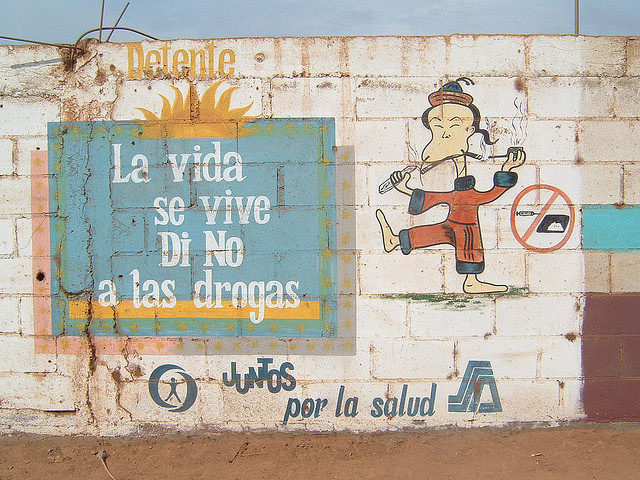Analysis
Mexico’s Art Market a Casualty of the War on Drugs
Drug lords aren't the only type of dealers being affected by a new law.

Drug lords aren't the only type of dealers being affected by a new law.

Sarah Cascone

Mexican galleries and auction houses claim their business is shrinking because of the recently introduced anti-money laundering regulations aimed at crippling the country’s drug trafficking business, reports the Washington Post.
The new law requires businesses like casinos, pawnshops, jewelry stores, armored-car dealerships, and art galleries limit the use of cash and share more information about their customers and their purchases with the government.
“The art in Mexico is marvelous. It is superb. The market should be growing. But it has totally frozen,” Guillermo Zajarias, the owner of Aura Gallery, complained to the Post. He claims his sales have fallen 30 percent since the law was enacted last year, “and it’s 100 percent related to this law. This is fiscal terrorism, and it is not fair.”
Fearing the government, many prospective art buyers are delaying their purchases, or taking their business north to the US because they “don’t have the confidence that their information will be protected,” explained gallery owner Oscar Román.
An informal, cash-based economy is still widely prevalent in Mexico, and many rankle at the attempted reform. However, the Mexican drug cartels are very real. Drugs are linked to violent crime as well as rampant money laundering, which allows drug dealers to purchase lucrative restaurants and hotels, as well as mansions, private jets, and other luxury products.
Despite its prevalence, money laundering has led to a minimal number of criminal convictions, something this law is aimed at changing.
Whether art is a hot ticket item among the drug lord crowd remains up for debate. For his part, Román refers to televised raids of their homes, where “they have posters on the wall. You don’t see a single piece of art.”